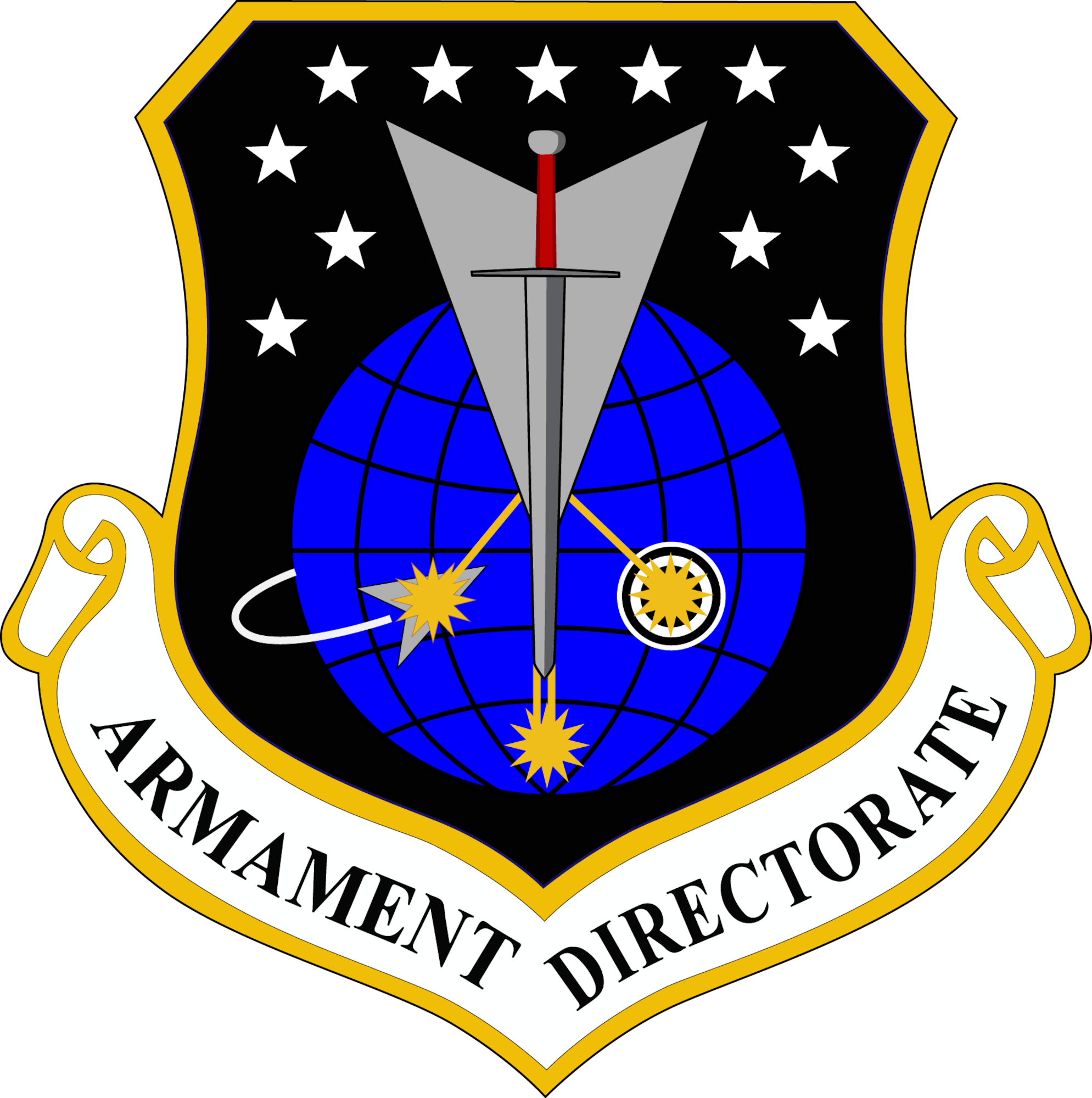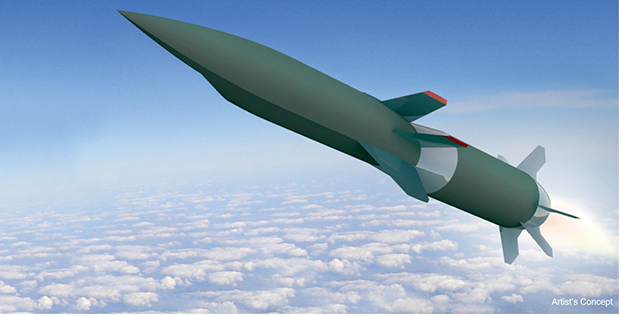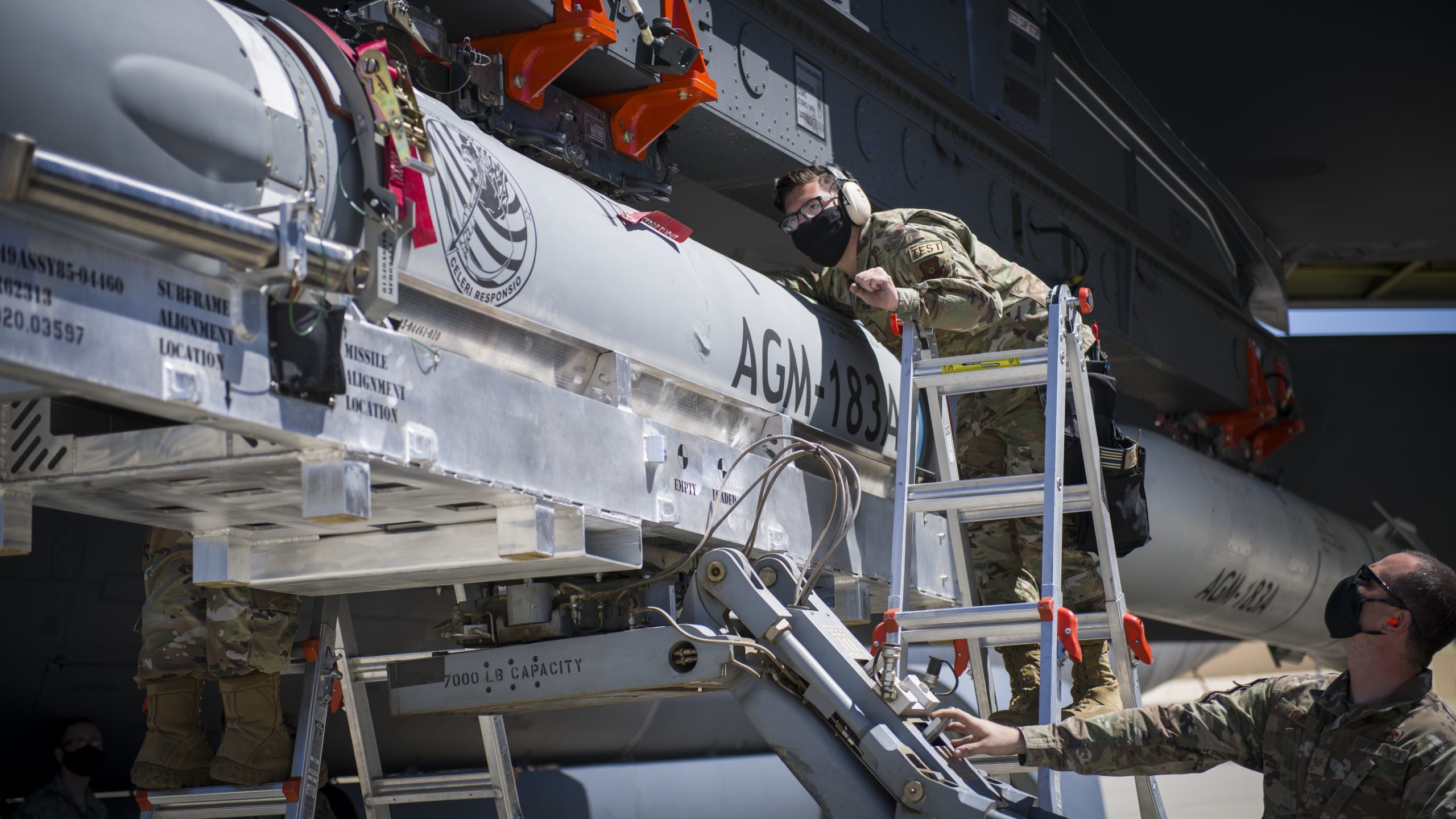- Joined
- 21 January 2015
- Messages
- 11,318
- Reaction score
- 14,137
View: https://mobile.twitter.com/TeamEglin/status/1367967876917891072

The
@usairforce
prepares for its first booster test flight (BTF-1) of the AGM-183A Air-launched Rapid Response Weapon (ARRW), expected in the next 30 days.
Read about it here.
EGLIN AIR FORCE BASE, Fla. --
The Air Force prepares for its first booster test flight (BTF-1) of the AGM-183A Air-launched Rapid Response Weapon (ARRW), expected in the next 30 days.
Following delivery of the ARRW test missile to Edwards Air Force Base, California March 1, and loading on a B-52H Stratofortress, immediate work began on pre-flight ground tests and checks to obtain certification for the flight to proceed as scheduled.
“The BTF-1 test vehicle is complete and is progressing through ground testing to verify its readiness for flight. The team has successfully dealt with COVID challenges and resolved technical findings not uncommon in a first-of-a-kind weapon system. We have minimized schedule delays while maintaining a laser focus on engineering rigor. Our first BTF will happen in the next 30 days, followed by several additional booster and all-up-round test flights by the end of the year,” said Brig. Gen. Heath Collins, Air Force Program Executive Officer for Weapons.
The ARRW program is a rapid prototyping project that will leverage cutting edge technologies to deliver a conventional hypersonic weapons capability to the warfighter in the early 2020s. The weapon system provides combatant commanders the capability to destroy high-value, time-sensitive targets. ARRW expands precision-strike weapon systems’ capabilities by enabling survivable rapid response strikes against heavily defended targets.
The Air Force designed the ARRW booster test vehicle to achieve the high speeds necessary to deliver the ARRW glide vehicle and embedded ordnance package to designated targets required by U.S. combatant commanders. The ARRW program followed a rigorous systems engineering process with extensive ground and flight test campaigns to ensure a well-executed BTF event; BTF-1 will be the eighth flight test for the ARRW program, following seven captive carriage flight tests.
To ensure ARRW is mature for a production decision, the Air Force and Lockheed Martin took deliberate steps to achieve a high level of manufacturing readiness. Assembly of the ARRW booster test vehicle on production-representative manufacturing lines is a major step toward this production readiness goal.
The ARRW BTF-1 will demonstrate the booster’s ability to reach operational speeds and collect other important data. In addition to booster performance, the test vehicle will also validate safe separation and controllability of the missile away from the carrier B-52H, through ignition and boost phase, all the way up to separation of a simulated glide vehicle. The simulated glider will not sustain flight, and will safely disintegrate soon after separation. The 412th Test Wing will conduct the ARRW BTF series over the Point Mugu Sea Range in California.



